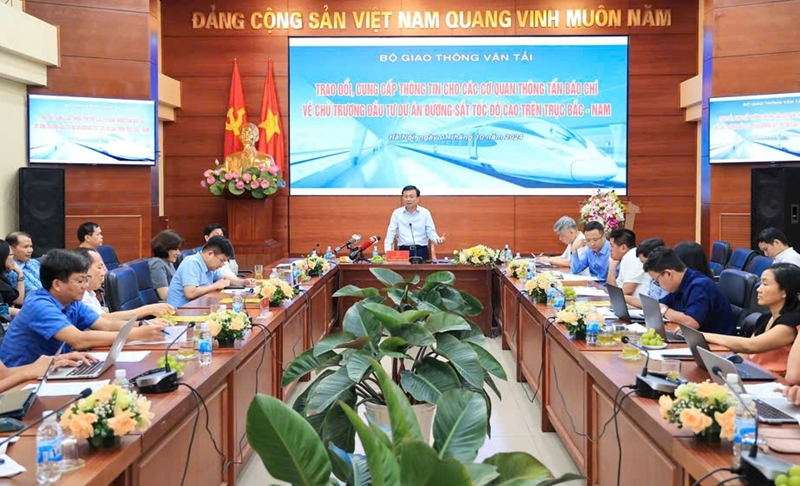 |
| Deputy Minister of Transport Nguyen Danh Huy chaired the meeting and provided information to the press. |
High-speed railway line on the North-South axis invested with a design speed of 350 km/h
Chairing the press briefing, Deputy Minister of Transport Nguyen Danh Huy affirmed: The high-speed railway project on the North-South axis is a special, large-scale, unprecedented project. The Party and State leaders are particularly interested in this project. The project research process has been implemented since 2006 (over 18 years) with the support of domestic and foreign organizations and consultants.
During the research of the investment proposal for this project in 2011, the Ministry of Transport found that there were concerns related to investment capital resources as well as low macroeconomic indicators in 2010, high public debt. On the other hand, there were also opinions about whether the train speed ensured the long-term vision and world trends or the transport function of passengers only or goods in general.
At that time, the Party and State leaders were very cautious and asked the Ministry of Transport to re-evaluate the project and by 2022 the Politburo issued Conclusion No. 49-KL/TW on investment in the North-South high-speed railway project.
On that basis, the Ministry of Transport has organized research, thorough and comprehensive evaluation, and synthesized experience in developing high-speed railways in the world; organized interdisciplinary survey teams in 6 countries with developed high-speed railway systems; and received opinions from ministries, branches, the State Appraisal Council, professional social organizations, experts, and scientists to complete the project.
According to the proposed plan by the research consultant, the high-speed railway (HSR) on the North-South axis will have a design speed of 350 km/h; length of about 1,541 km, double track, 1,435 mm gauge, electrified.
Regarding train speed, according to the Deputy Minister of Transport, the speed of 250km/h was developed about 50 years ago and was popular in the period of about 25 years ago, suitable for short and medium routes. The speed of 350km/h and higher is the development trend in the world, suitable for routes of 800km or more, concentrating on many urban areas with high population density such as the North-South corridor of our country. According to world experience, high-speed railway lines are the main axis, large length all choose the speed of 350km/h or higher because of its efficiency and ability to attract a higher number of passengers compared to lower speed ranges.
“The investment cost for a speed of 350km/h is about 8-9% higher than that of a speed of 250km/h, but it ensures a long-term vision. However, if the investment is at a speed of 250km/h, upgrading to a speed of 350km/h is difficult to implement and ineffective,” Deputy Minister Nguyen Danh Huy shared.
Accordingly, the North-South High-Speed Railway will arrange 23 passenger stations in accordance with the current status and development planning of the locality; located in the economic and political center of the locality, approaching the urban center, the planning area with the potential to create new development space, effectively exploiting land resources; ensuring good connectivity with the public transport system; ensuring effective exploitation of infrastructure and vehicles. Up to now, the locations of the stations have been approved by the Prime Minister in the provincial planning.
Based on the above bases, the Ministry of Transport recommends choosing a design speed of 350km/h for the high-speed railway on the North-South axis to meet the criteria of modernity, synchronization, long-term vision, efficiency, suitable for the geo-economic conditions of our country and world trends; in line with the policies of the 13th Party Central Committee, the Politburo, and the Government.
Public investment will be the mainstay in high-speed railway development investment.
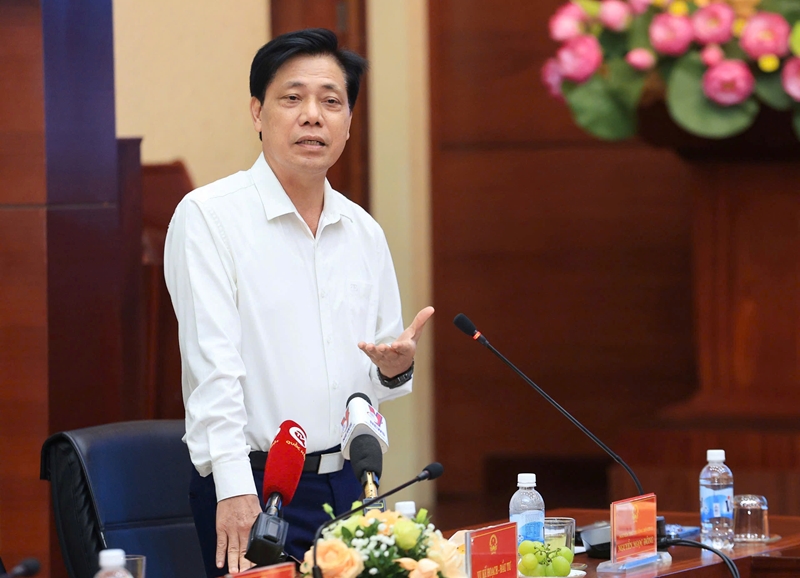 |
| Mr. Nguyen Ngoc Dong - Former Deputy Minister of Transport, expert of the Steering Committee for the development and implementation of the Project on investment policy for high-speed railways provided information to the press. |
Answering the reporter's question about "calculating the mobilization plan without including billions of USD in revenue from TOD, why not include it in the total investment? Will the revenue be calculated after the project is completed?". Also participating in providing information, Mr. Nguyen Ngoc Dong - Former Deputy Minister of Transport, expert of the Steering Committee for the construction and implementation of the Project on high-speed railway investment policy, affirmed: It can be seen that people are increasingly in agreement with the North - South high-speed railway project. Hanoi and Ho Chi Minh City are drawing a picture of wanting to use TOD to create a breakthrough for urban railway development.
However, it is currently stuck in legal regulations, and it will take a long time to fix. The Ministry of Transport proposes that after developing the expressway, there will be an urban development policy in the areas adjacent to the stations, from which there will be a difference in land rent and a part must be contributed to the Central Government, to reduce the burden of the State when investing in the development of the expressway. Therefore, it is impossible to include the estimated TOD value in the total investment, but it can only be expected that from there, urban projects can be developed in the future to contribute to the Central Government.
According to experience from countries around the world, the investment responsibility for developing high-speed railways in particular and transport infrastructure in general belongs to the State. Therefore, public investment will be the mainstay in investment in developing high-speed railways.
Regarding capital recovery, it is not possible to recover capital from the project alone, but it is possible to recover capital from the spread of socio-economic development, increasing the competitiveness of Vietnamese goods. All countries in the world are the same.
Therefore, the financial calculation of the entire project will be negative, it cannot be positive. When separating the equipment for the transport organization to exploit (maximum 20%), capital can be recovered. In the world, it is still determined that the infrastructure is borne by the State, and the equipment for exploitation will be participated by the private sector and they will recover capital based on this part.
No fear of falling into debt trap when investing in high-speed railway
Responding to the reporter's question about "the opinion of many people who are concerned that when implementing the project, Vietnam will fall into a debt trap. The project investment plan also mentioned that when investing, the two criteria on direct debt repayment of the Government and budget deficit will increase slightly compared to the allowable targets determined in the 10-year Socio-Economic Development Strategy for the period 2021 - 2030 and will propose the Government to report to the National Assembly to allow the application of a special mechanism for the project in the direction of adjusting the targets on budget deficit and direct debt repayment in each period. With this plan, will the public debt ceiling be broken when the DSTDC project is implemented?"
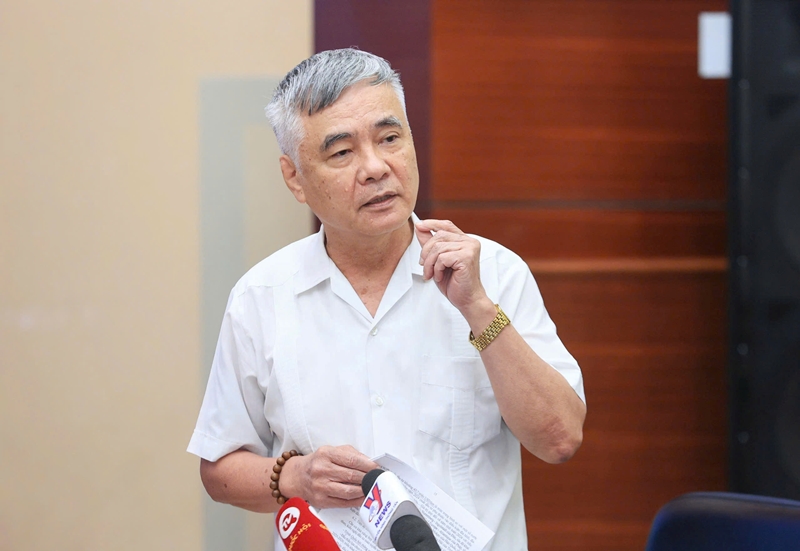 |
| Mr. Nguyen Van Phuc, former Deputy Chairman of the Economic Committee of the 14th National Assembly, member of the Expert Group of the Steering Committee for Construction, provided information to the press at the meeting. |
Mr. Nguyen Van Phuc, former Vice Chairman of the Economic Committee of the 14th National Assembly, member of the Expert Group of the Steering Committee for the development and implementation of the Project on investment policy for high-speed railway, explained: Resources is the question that the 12th National Assembly Deputies raised in 2010, including me. The biggest question that the National Assembly first raised in 2010 was where is the money?
At that time, the total investment of the project was calculated to be 56 billion USD while the context of 2010 - 2011 was very difficult for the Vietnamese economy. Public debt safety and budget deficit were among the main factors that led the National Assembly to decide not to approve.
However, after nearly 14 years, our potential has changed. As reported by the Ministry of Transport, Japan decided to invest in the first railway line in 1950 when GDP per capita was only about 250 USD. China invested in 2005 when GDP per capita reached 1,753 USD; Uzbekistan invested in 2011, when GDP per capita reached 1,926 USD. Indonesia invested in 2015 when GDP per capita was about 3,322 USD.
In Vietnam, according to research by the World Bank, this is the right time to build a high-speed railway when GDP per capita in 2023 will reach about 4,282 USD and is estimated to reach about 7,500 USD in 2030. The size of the economy in 2023 will be about 430 billion USD, nearly 3 times higher than in 2010; public debt will be low, only about 37% of GDP.
It is expected that by the time the construction of the DSTDC begins in 2027, the size of the economy will reach about 564 billion USD, so investment resources will no longer be a major obstacle.
According to Mr. Nguyen Van Phuc: "The Central Government and the Government also decide on public investment, we are not afraid of falling into a debt trap. We can mobilize budget capital, government bonds, local capital, and other State capital sources."
A positive signal when investing in the project as proposed by the Ministry of Transport is that the revenue from the project (developed according to the TOD model) will partly be left for the locality and partly submitted to the Central Government.
The portion submitted to the Central Government is expected to be allocated to the project investment budget.
With revenue from ticket sales, according to experience and calculation, in the beginning, financial efficiency can hardly compensate immediately. But that is not a big problem.
"We must determine that the most important thing about investing in high-speed railway projects is the spillover effect on socio-economic development, not only the 20 localities where the route runs through but also other localities when traffic connection develops" - Former Deputy Chairman of the Economic Committee of the 14th National Assembly, member of the Expert Group of the Steering Committee for building and implementing the Project on investment policy for high-speed railways, answered./.
Source: https://dangcongsan.vn/kinh-te/dau-tu-cong-se-la-chu-dao-trong-dau-tu-phat-trien-duong-sat-toc-do-cao-679399.html




![[Photo] Editor-in-Chief of Nhan Dan Newspaper Le Quoc Minh received the working delegation of Pasaxon Newspaper](https://vphoto.vietnam.vn/thumb/1200x675/vietnam/resource/IMAGE/2025/9/23/da79369d8d2849318c3fe8e792f4ce16)

![[Photo] Prime Minister Pham Minh Chinh chairs the 14th meeting of the Steering Committee on IUU](https://vphoto.vietnam.vn/thumb/1200x675/vietnam/resource/IMAGE/2025/9/23/a5244e94b6dd49b3b52bbb92201c6986)



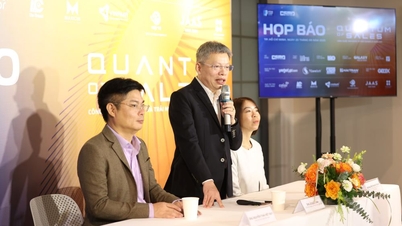














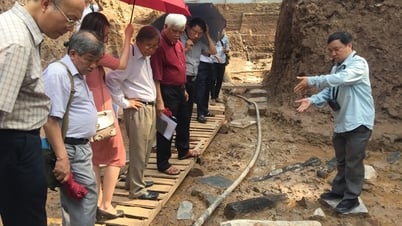

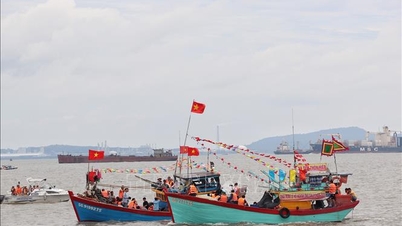



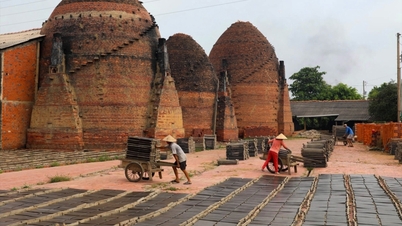














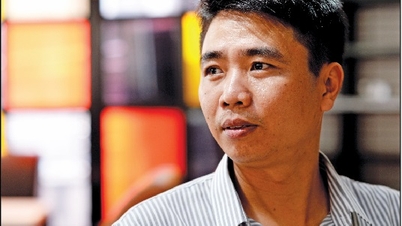



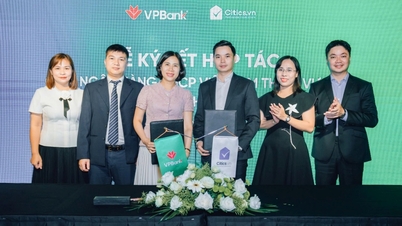




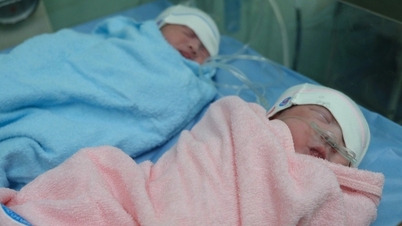




![[Photo] Solemn opening of the 1st Congress of Party Delegates of Central Party Agencies](https://vphoto.vietnam.vn/thumb/402x226/vietnam/resource/IMAGE/2025/9/24/82a89e250d4d43cbb6fcb312f21c5dd4)


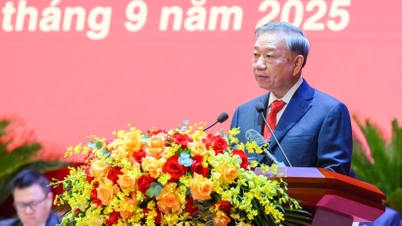


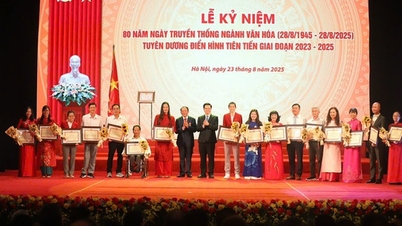

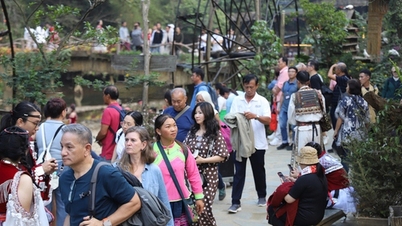


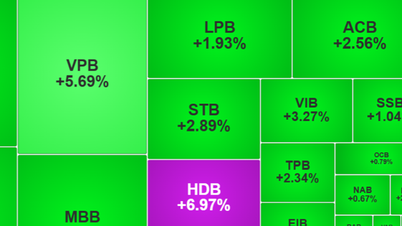

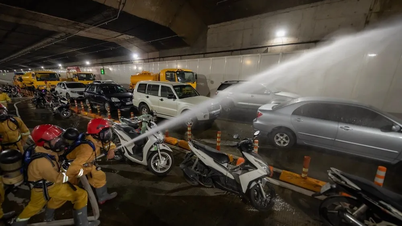

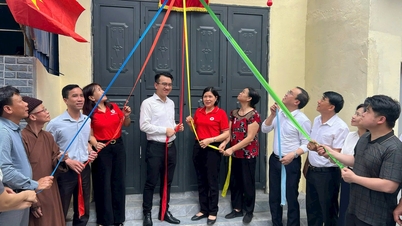

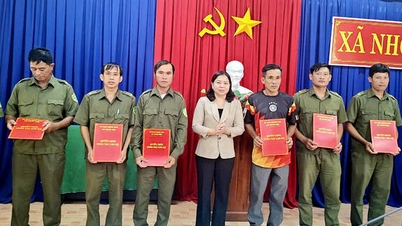



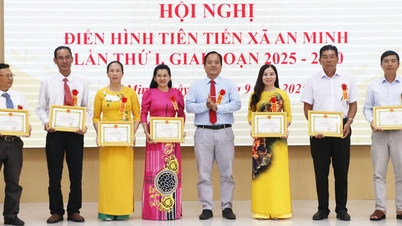
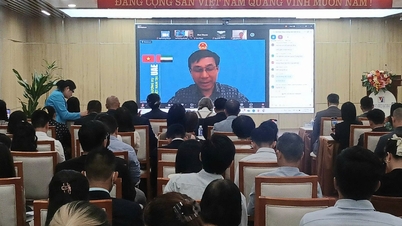




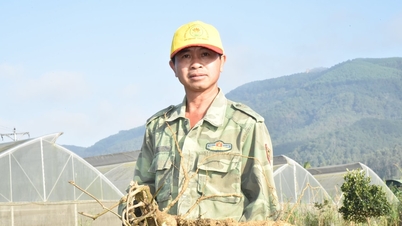








Comment (0)